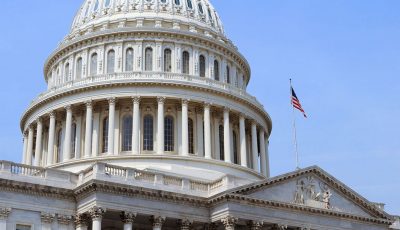Final tariff for new base rate remains pending
Delayed implementation of new rate causes CUC $233K monthly shortage
More than two months after the approval of a base rate increase for the Commonwealth Utilities Corp., nothing has been collected yet to raise the $2.8 million it expects to collect from this rate hike.
CUC chief financial officer Charles Warren confirmed with Saipan Tribune yesterday that a final tariff for the base rate order remains pending up to now. As a result, CUC is incurring a monthly shortage of over $200,000, he said.
“$2.8 million was approved, so each month of delay results in a shortage of $233,000. [And] we still have not obtained approval of the tariff sheets, so the effective date of any rate increase is still unknown,” Warren said.
The Commonwealth Public Utilities Commission approved CUC’s petition for a base rate increase on Feb. 5. Since then, CUC has been authorized to increase its electric base rates to produce an additional $2.8 million each year. The tariff sheets, which will be coordinated between CUC and the CPUC hearing examiner, will reflect how the rate changes will be implemented.
During last week’s board meeting, Warren mentioned that CUC—when it filed the rate petition in July last year—had expected the new rate to take effect in October last year.
According to Warren, CUC’s original rate petition in July 2013 sought a total of $5.9 million in cost recovery: $2.8 million from the base rate hike; $2.4 million from standby charge; and another $680,000 for debt payments.
Of this proposal, only the $2.8 million has been approved while the standby charge remains on the CPUC’s table for its next regulatory meeting.
CPUC chair Joe Guerrero earlier admitted that it’s a bit harder to calculate the base rate because there is a need to program the Pacific Marine Industrial Corp. surcharge and have it tested in the CUC billing system.
Incorporated in the $2.8 million base rate petition is the $0.021 per kWh PMIC surcharge for all customers to fund CUC’s remaining obligations under the buyout agreement with the company.
The base rate decision approved in February will mean reduced rates for residential customers who consume 340 kWh per month or less because of the “credit” approved for them. It will mean higher rates, however, for customers that consume a higher volume of power than average users.
The base rate is one of the two components of a customer’s bill and is used for CUC’s non-fuel expenses. The other is LEAC, or levelized energy adjustment clause, which is primarily for fuel expenses.



























